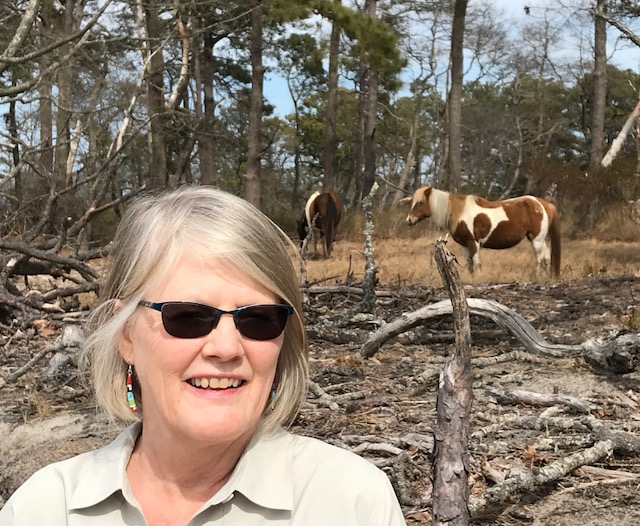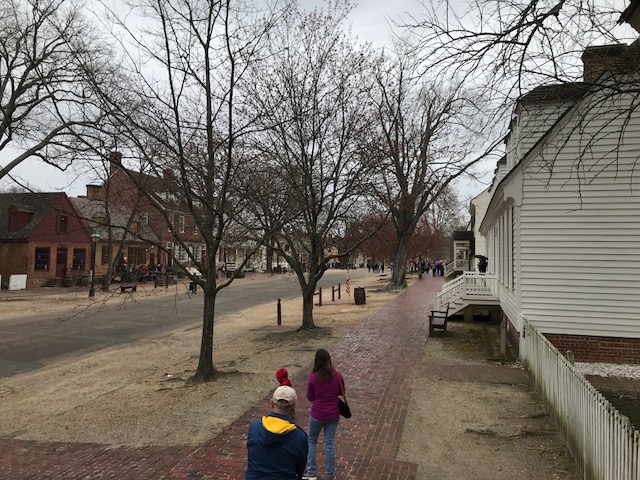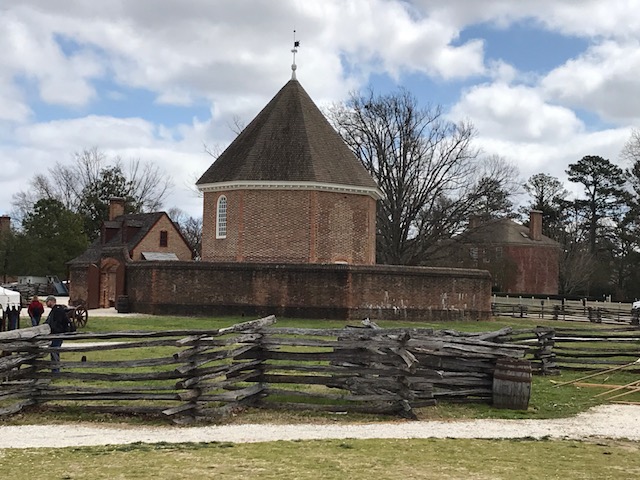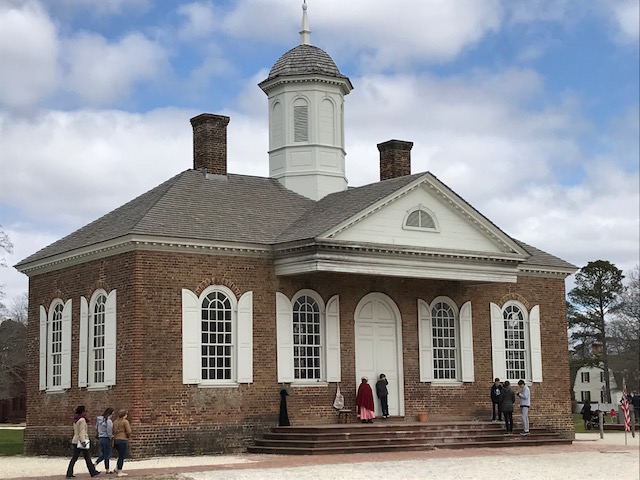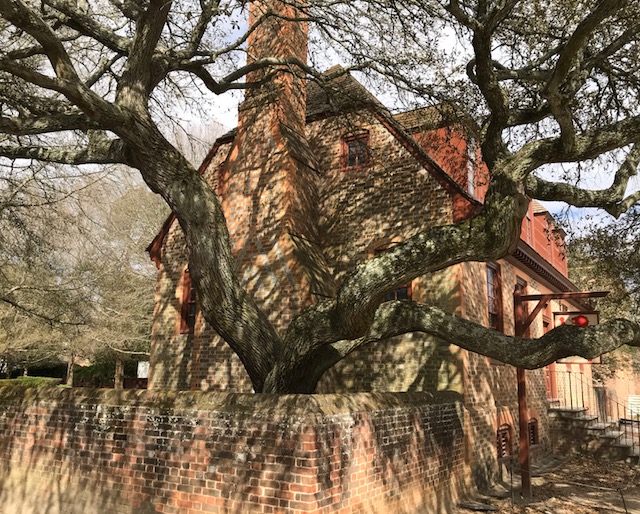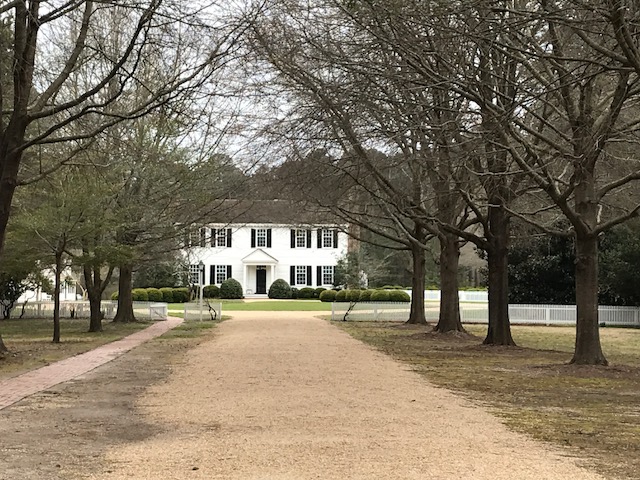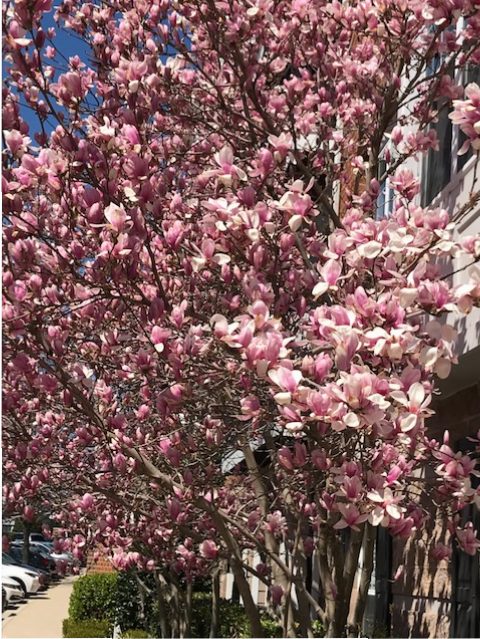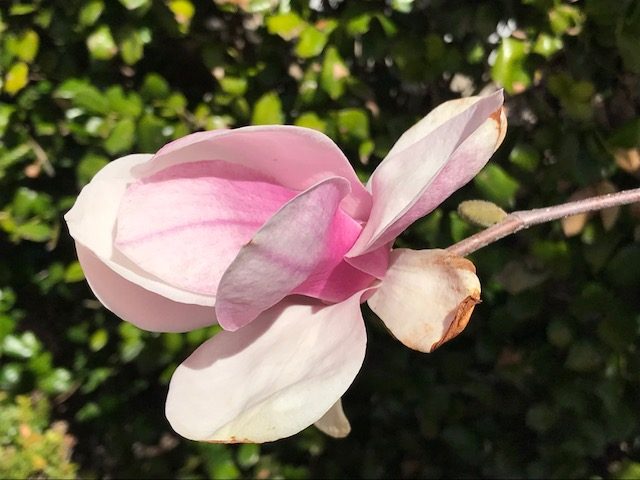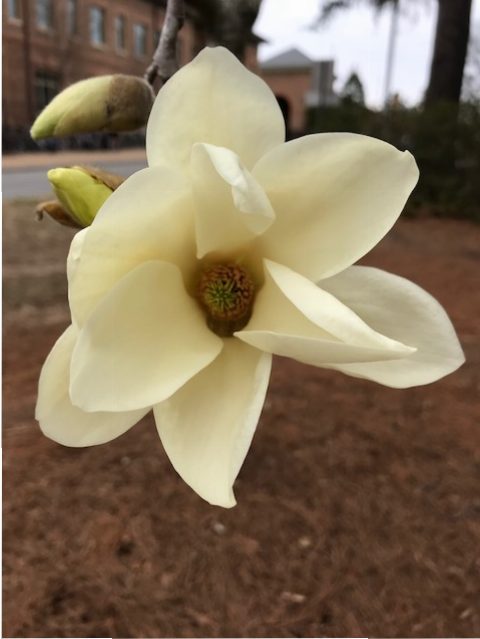As we drove away from our son’s home in North Carolina, we headed north through rolling hills of North Carolina, Virginia and West Virginia. It was scenic! And bright sunshine added a nice touch for a lovely drive.
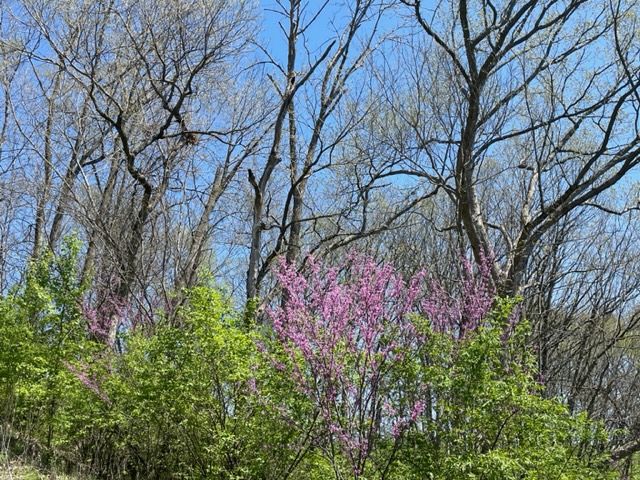
In West Virginia, we pulled off the highway for a break and then it happened so fast…
We heard the crash…it sounded so close…
Then, instantly we felt the impact…the car behind us was pushed into our car by a third vehicle behind her.
We had stopped for a traffic back up. A red car was stopped behind us. A third car – a gold car – rammed into the red car which rammed into our car.
Thankfully, no one was hurt, including the little doggie in the middle, red car.
Thankfully, our car was drivable since it was the first day of our journey home to Minnesota. The middle, red car was able to drive away too. The third car had to be towed away. It looked totaled.
Thankfully, the damage to our car was minimal.
Thankfully, the police were quick, kind and efficient.
Thankfully, it was afternoon and we were soon going to stop driving for the day.
Thankfully, we have insurance.
We have a lot to be thankful for. It could have been much worse. A reminder, life can be changed in an instant.





